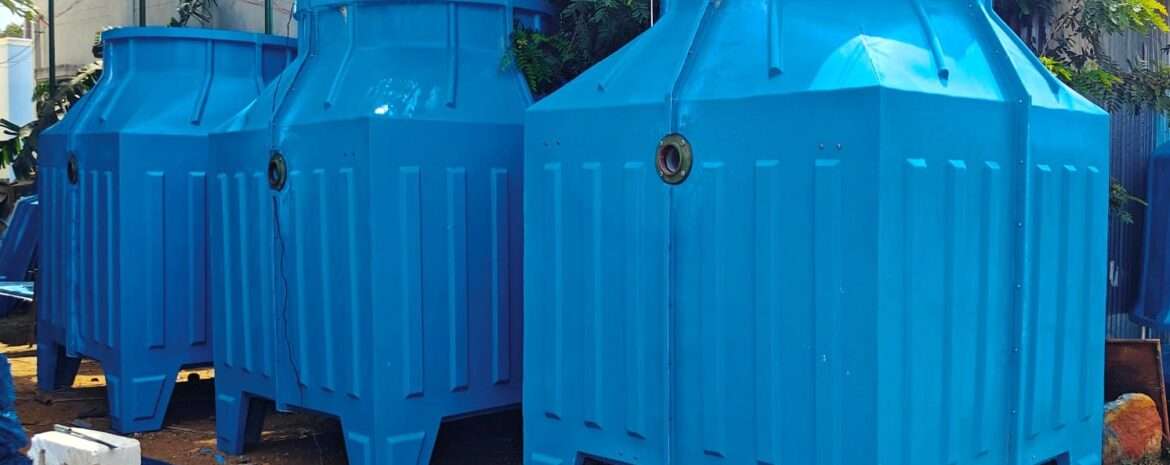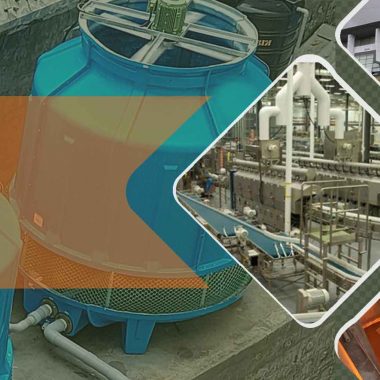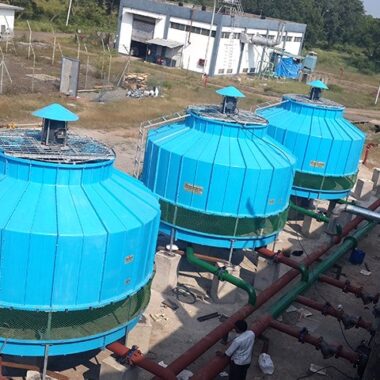Exploring Challenges of Cold Weather Open-Circuit Cooling Towers
Exploring Challenges of Cold Weather Open-Circuit Cooling Towers
Operating open-circuit cooling towers in cold climate presents a few challenges and considerations that can affect their execution, efficiency, and unwavering quality. Exploring Challenges of Cold Weather Open-Circuit Cooling Towers, Here are a few key challenges and considerations for working open-circuit cooling towers in cold weather:
Freezing Risk:
- One of the essential concerns when working cooling towers in cold weather is the risk of freezing. Low ambient temperatures can cause water within the tower bowl, dispersion system, and fill media to solidify, driving to potential gear harm and operational disruptions.
- To relieve freezing risk, measures such as insulating uncovered piping, installing heat following, and actualizing freeze protection controls are basic. These measures help maintain water temperatures over freezing and avoid ice formation inside the tower.
Reduced Heat Rejection Capacity:
- Cold ambient temperatures can decrease the cooling tower’s heat rejection capacity, as the temperature differential between the warm prepare water and the colder air decreases. This may lead to reduced cooling effectiveness and inadequate heat dissipation, particularly during periods of high cooling request.
- To compensate for reduced heat dismissal capacity in cold climate, administrators may have to be alter fan speeds, increment water stream rates, or utilize supplementary cooling hardware such as glycol circles or dry coolers.
Water Treatment Challenges:
- Cold climate conditions can impact water treatment programs by changing water chemistry and promoting the development of bacteria and algae. Also, water treatment chemicals may be less viable at lower temperatures, expanding the hazard of scale arrangement, corrosion, and microbiological fouling within the cooling tower system.
- Operators must closely screen water quality and alter water treatment programs appropriately to preserve proper chemical balance, restrain microbial growth, and prevent system fouling and corrosion.
Energy Consumption:
- Operating cooling towers in cold weather may require extra energy inputs to preserve appropriate water temperatures and guarantee adequate heat rejection capacity. This could lead to expanded energy consumption and working costs, especially if supplementary heating systems or mechanical cooling hardware are used to prevent freezing.
- Implementing energy-saving measures such as variable frequency drives (VFDs) on fan motors, optimizing fan operation based on cooling request, and utilizing energy-efficient heat exchange media can offer assistance relieve energy utilization in cold climate conditions.
Drift and Plume Control:
- In cold climate, obvious plumes and drift from cooling towers may become more pronounced due to the temperature differential between the warm tower exhaust and the colder encompassing air. Plume dispersion and drift control measures may be vital to minimize the visual affect and potential environmental effects of tower emissions.
- Introducing drift eliminators, adjusting fan speeds, or actualizing plume abatement technologies can help moderate plume formation and decrease drift emissions from cooling towers working in cold climate.
Overall, operating open-circuit cooling towers in cold climate requires careful planning, observing, and moderation procedures to address freezing chance, maintain cooling proficiency, ensure water quality, minimize energy consumption, and control emissions effectively. By tending to these challenges and considerations, operators can optimize the execution and reliability of cooling tower systems during cold climate conditions.





